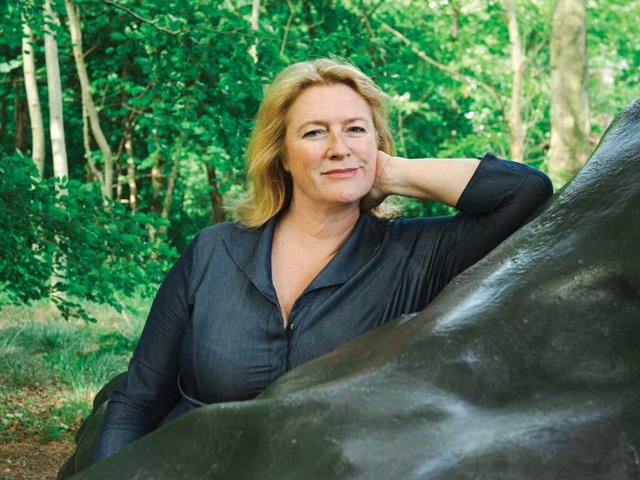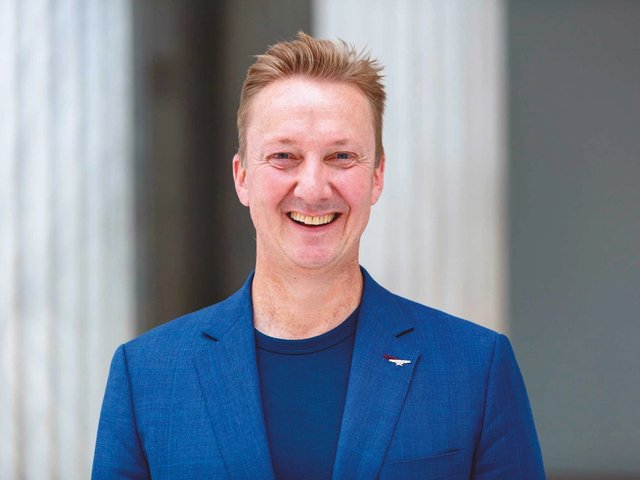If you could live with just one work of art, what would it be?
Many years ago I went to the Museum of Old and New Art [in Tasmania] and went into one of James Turrell’s comfortable immersive orbs, Unseen Seen (2017). I’d like to have one of those, just large enough for another friend, in which to escape the loudness of the world.
Which cultural experience changed the way you see the world?
I’ve just seen the Donald Rodney show at Whitechapel Gallery, which had his work Autoicon fully restored for interaction. It was completed after his death by an entrusted community of friends and peers. As a disabled person there’s so much risk in giving yourself over to a community and over to a technology, but there is also the potential for new models of care and collaboration. It really set a spark for me as a curator who is disabled and needs specific infrastructures to work but also wants to put working with others central to my practice.
Which writer or poet do you return to the most?
Frank O’Hara. He has always informed the way I believe we should involve people in the arts—collectively, emotionally and with joy. It’s not surprising to me that he found his way to curation.
What are you listening to?
I have two modes depending on what I need to get done—I’ve been listening to The Early Bird Show on [London radio station] NTS a lot lately for the calm it affords. But sometimes I need the relentlessness of Jon Hopkins’s [2013 album] Immunity.
What are you watching or following that you would recommend?
The podcast System Crash with Brian Merchant and Paris Marx for tech critique and a handle on what’s happening, particularly as AI starts to dominate conversations about creativity and who is at the centre of it. Also Laura Carreira’s film On Falling—I can’t stop thinking about it.
What is art for?
Art is one of the necessary structures of life, it’s not something you should have to negotiate or give up. So for me it’s important that everyone can participate in it and is visible in it. It’s a vital way to express the complexity of living.
• Design and Disability, Victoria and Albert Museum, London, until 15 February 2026






